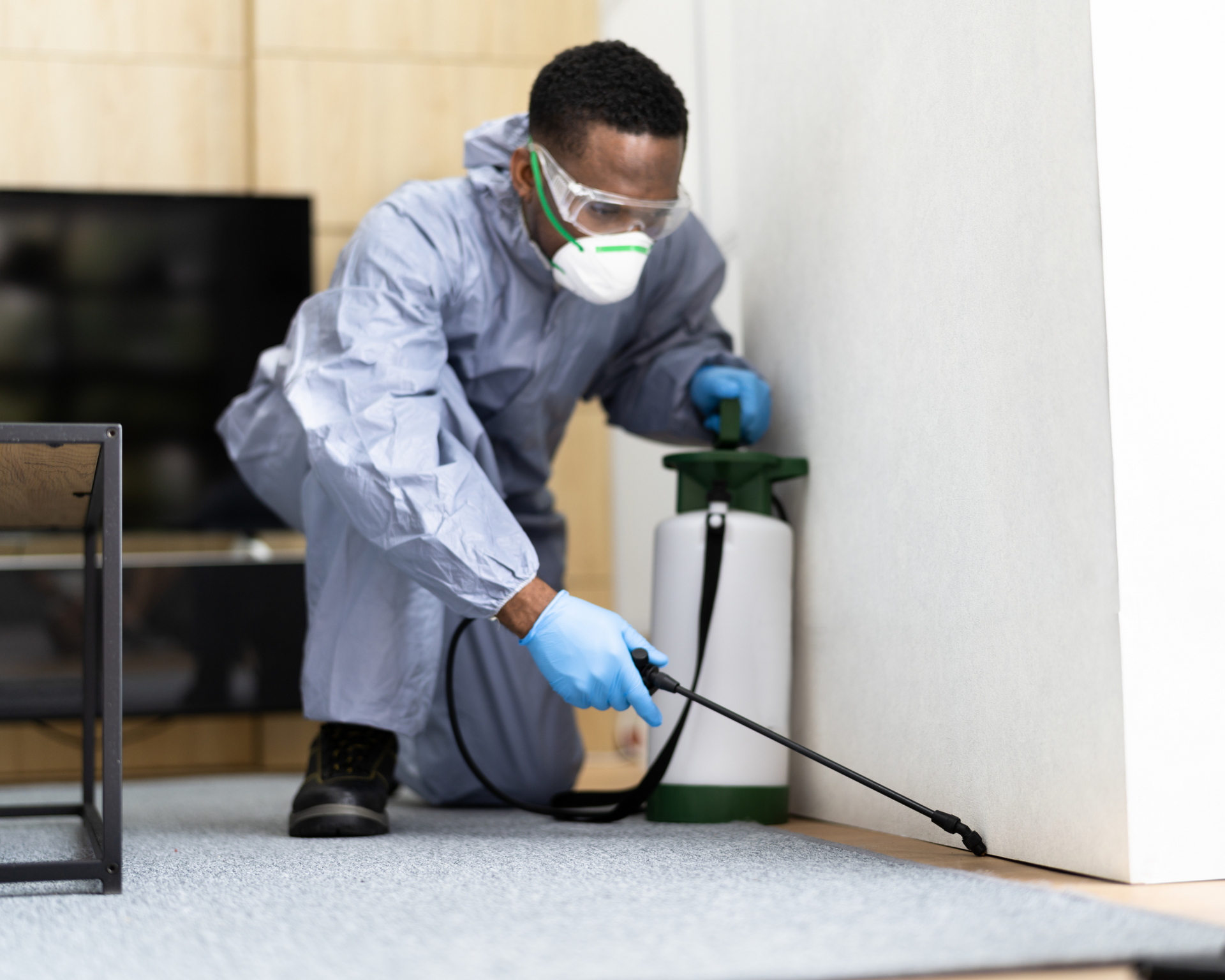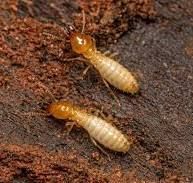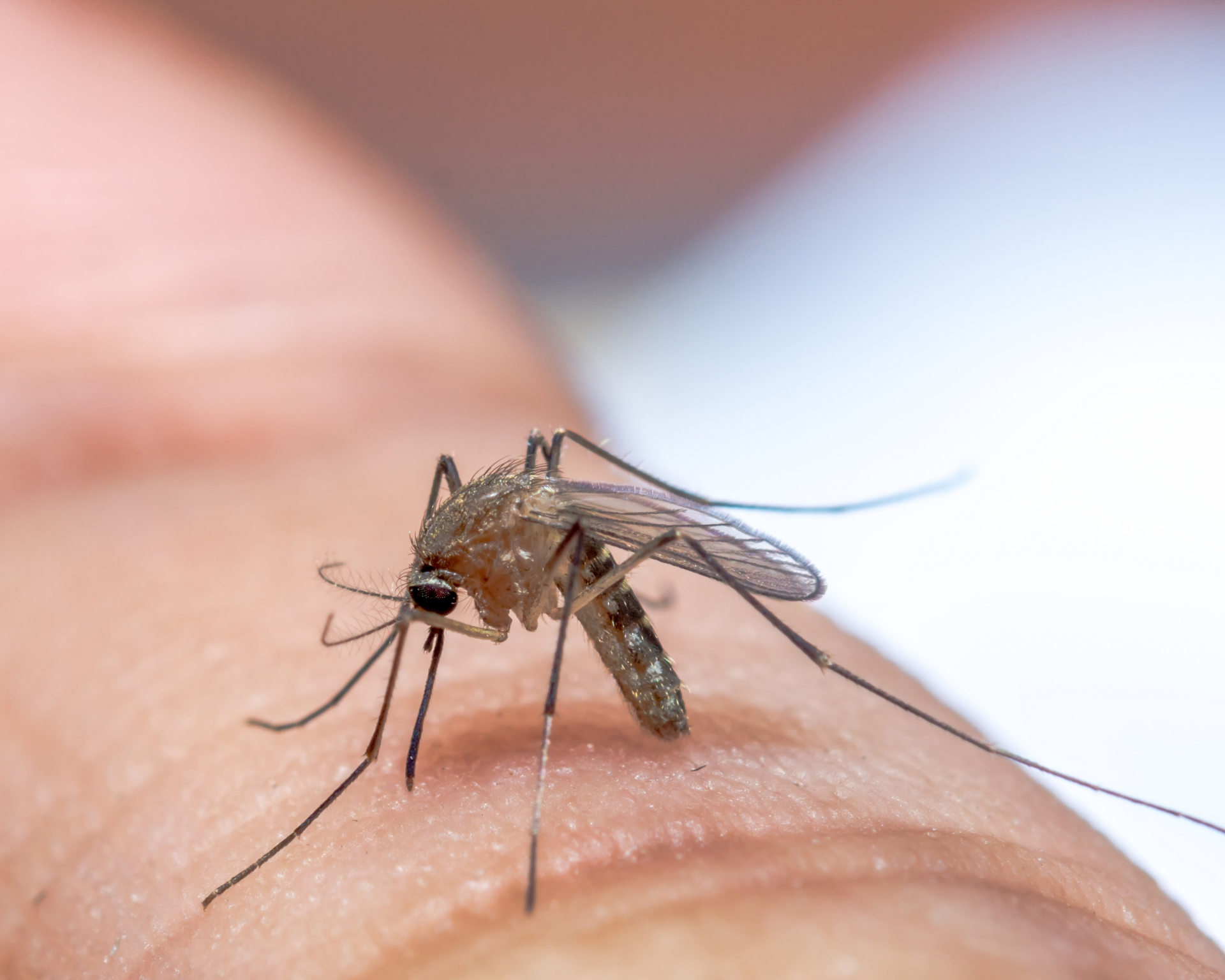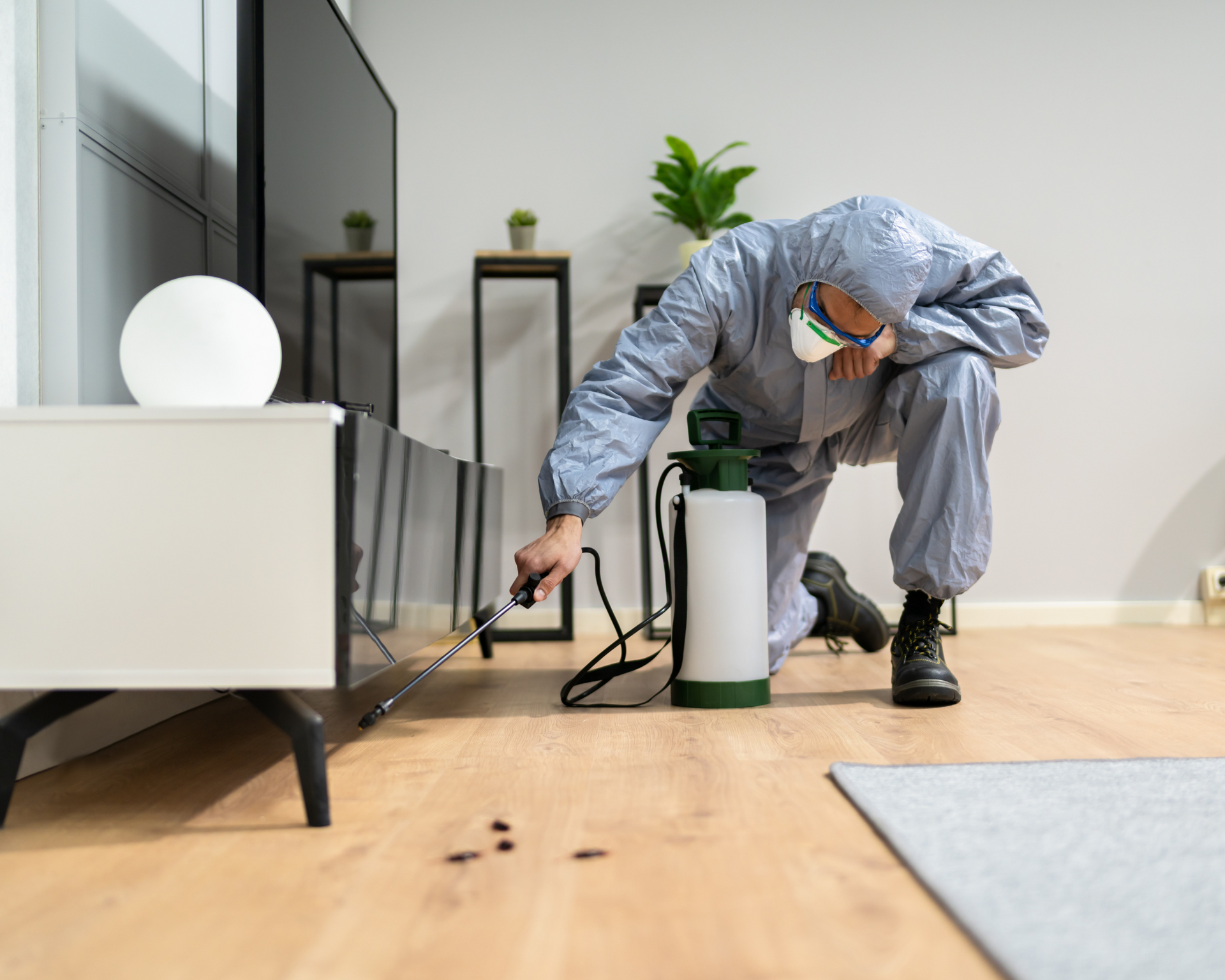What Should You Do if You See Bugs After Pest Control?
Steps to Take if Bugs Persist After Pest Control Treatment
Finding bugs in your home can be frustrating, especially after a pest control treatment. You might wonder, “Did the treatment work?” or “Is this normal?” Don’t worry—seeing bugs after pest control is often part of the process. Let’s dive into why this happens and what steps you should take to handle it effectively.
Why Do Bugs Appear After Pest Control?
It might seem strange, but spotting bugs after pest control doesn’t always mean the treatment failed. In fact, it can be a sign that the treatment is working. Here’s why:
1. Bugs Are Disturbed
Pest control treatments are designed to target areas where bugs hide, such as cracks, crevices, and other hard-to-reach spots. When pests come into contact with the chemicals or baits, they are driven out of their hiding places. This makes them more visible before they eventually die off.
2. Slow-Acting Treatments
Many pest control solutions use slow-acting products. These chemicals allow pests to carry the poison back to their nests, spreading it to other bugs. While this method is effective, it may take a few days or even weeks to see complete results.
3. Eggs Are Still Hatching
Some pests lay eggs that can survive the initial treatment. These eggs may hatch days or weeks later, causing a temporary increase in activity. However, follow-up treatments or the residual effects of the initial treatment should address these newly hatched pests.

What Should You Do After a Pest Control Treatment?
Here are some steps you can take to ensure the treatment is as effective as possible and to manage the situation if you see bugs.
1. Be Patient
It’s important to give the treatment time to work. Depending on the type of pest and the severity of the infestation, it could take several weeks for the problem to resolve completely. Stay calm and monitor the situation during this period.
2. Avoid Cleaning Treated Areas
Resist the urge to clean areas where pest control products have been applied. Cleaning can remove the residual chemicals, reducing the effectiveness of the treatment. Follow the instructions provided by your pest control professional to know when it’s safe to clean.
3. Seal Cracks and Openings
To prevent pests from returning, inspect your home for entry points like cracks in walls, gaps around windows or doors, and holes near pipes. Seal these areas with caulk or weather stripping to block pests from re-entering.
4. Maintain a Clean Environment
A clean home is less attractive to pests. Make sure to:
- Sweep up crumbs and spills immediately.
- Store food in airtight containers.
- Take out the trash regularly and use a bin with a tight-fitting lid.
- Remove clutter where pests can hide.
5. Monitor Pest Activity
Keep an eye on the areas where you noticed bugs. Note how many pests you see and whether their numbers are decreasing over time. If you’re seeing the same or more pests after a few weeks, it might be time to contact your pest control provider.
When to Call the Professionals
If bugs continue to be a problem after the expected time frame, it’s worth reaching out to your pest control service for advice or a follow-up treatment. Here are some signs that it might be necessary to call them:
- Persistent Activity: If you still see a high number of pests after several weeks.
- New Types of Bugs: If you notice different pests that weren’t part of the original infestation.
- Health Concerns: If you or your family experience bites, allergic reactions, or health issues related to pests.
- Structural Damage: If pests like termites or carpenter ants are causing visible damage to your home.
Most pest control companies offer follow-up visits as part of their service. Don’t hesitate to use this option if needed.
How to Prevent Future Infestations
Once your pest problem is under control, taking preventive measures can help keep your home pest-free. Here are some tips:
- Regular Inspections: Check for signs of pests, such as droppings, chewed wires, or unusual odors.
- Proper Landscaping: Keep plants and trees trimmed and away from the exterior of your home. Pests often use these as bridges to get inside.
- Fix Leaks: Standing water or moisture from leaks can attract pests. Repair any plumbing issues promptly.
- Schedule Routine Pest Control: Even if you don’t see bugs, routine treatments can prevent future infestations.
Want To Learn More? Contact Us
Seeing bugs after pest control can be concerning, but it’s often a natural part of the process as the treatment takes effect. Our professional pest control services are designed to address stubborn infestations and provide long-lasting solutions to keep your home or business pest-free.
With expert techniques and proactive prevention tips, we can help you regain comfort and confidence in your space. Contact our team today to learn more about our safe and eco-friendly pest control services tailored to your needs.
Our Additional Posts On Pest Control
Copyright © 2024 - St Augustine Pest Control by NFLP All Rights Reserved







